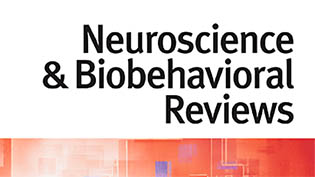Using Support Vector Machine to identify imaging biomarkers of neurological and psychiatric disease: a critical review.
Authors: Graziella Orrù, William Pettersson-Yeo, Andre F. Marquand, Giuseppe Sartori, Andrea Mechelli*
Journal: Neuroscience & Biobehavioral Reviews
DOI: 10.1016/j.neubiorev.2012.01.004
Abstract: Standard univariate analysis of neuroimaging data has revealed a host of neuroanatomical and functional differences between healthy individuals and patients suffering a wide range of neurological and psychiatric disorders. Significant only at group level however these findings have had limited clinical translation, and recent attention has turned toward alternative forms of analysis, including Support-Vector-Machine (SVM). A type of machine learning, SVM allows categorisation of an individual’s previously unseen data into a predefined group using a classification algorithm, developed on a training data set. In recent years, SVM has been successfully applied in the context of disease diagnosis, transition prediction and treatment prognosis, using both structural and functional neuroimaging data. Here we provide a brief overview of the method and review those studies that applied it to the investigation of Alzheimer’s disease, schizophrenia, major depression, bipolar disorder, presymptomatic Huntington’s disease, Parkinson’s disease and autistic spectrum disorder. We conclude by discussing the main theoretical and practical challenges associated with the implementation of this method into the clinic and possible future directions.
